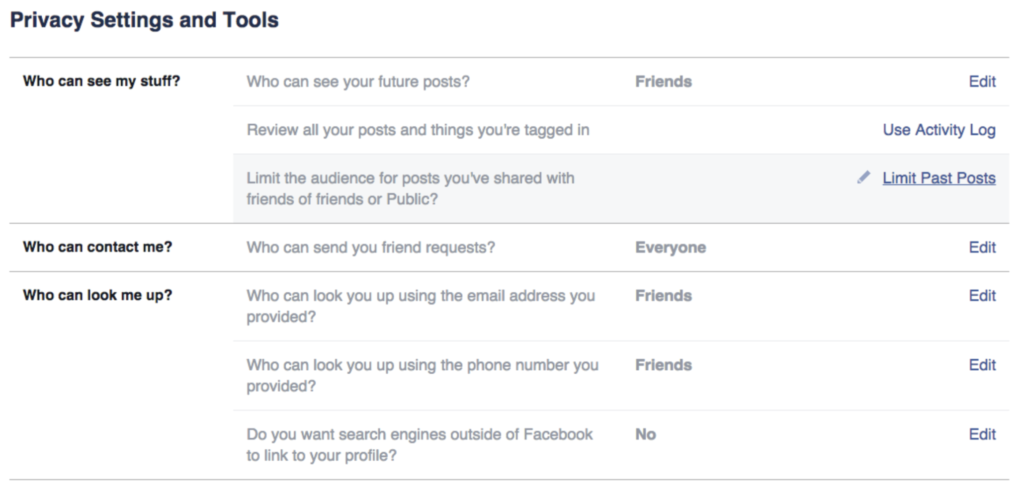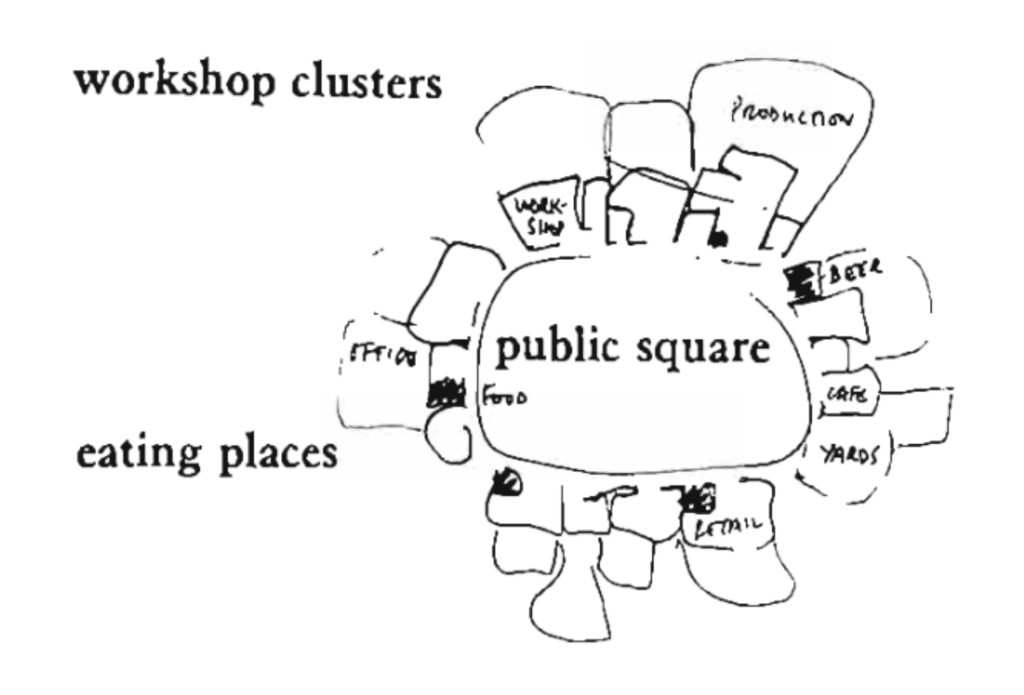Christopher Alexander’s patterns explore various approaches to architecture and urban design, specifically focusing on how those both impact the experience of community within different groupings.
Number 36 of Alexander’s Pattern Language explains that people have different preferences when it comes to how isolated or public their place of residence is. Some individuals want to be closer to the action, while others prefer more private areas of town where there are less people or events around their houses.
Although these ideas were presented toward one’s residential preference, we can observe it appear in many other parts of life, specifically that of new digital services. One such service is widely used and known as Facebook. Nowadays an individual has such a choice of how engaged they want to be with the happenings around them in both their residential decisions but also in their online presence preferences. On Facebook, users are given many choices to increase or decrease the intensity of their online presence. They are given three options when posting new content: friends can view, friends of friends can view, or everyone. These three options are similar to that of the 3 housing choices presented in Alexander’s Degrees of Publicness. He states that some people may want to be in the action, some may want to be halfway in the action, and some may want to be isolated from the action.

A person’s lifestyle and interaction level is also discussed within Degrees of Publicness. Perhaps someone is an introvert and would rather live in a secluded place. This correlation doesn’t however always transcend into virtual spaces as well. Sometimes an introvert may enjoy being very public on social media as they don’t feel the same negative emotions they do when interacting with others in real life. Yet I think this depends on the person and their emotional connection with various levels of interaction. Overall this idea of lifestyle and preference is reflected historically within physical spaces, while modernly within both physical and virtual spaces.
While reading the other patterns I really connected with number 149, which discusses reception and how the interaction between the receptionist as well as the interior design of a place can impact the feeling and experience one has there. I find this very interesting as I am constantly thinking about the first impressions I feel when interacting in new spaces. I found it very interesting that Alexander proposes to have no barrier between customers and receptionists as it takes away from feelings of welcomeness. In my personal experience I have gone to places like hotels or stores, Walmart for example, where there are big desks that divide you from the employees, making it feel closed off and business-like. However I have also gone to smaller stores where the employees are outside greeting you, or walking around, which adds significantly to the feeling of welcomeness and service.
Another pattern that intrigues me is number 41 where Alexander discusses work communities and groups of work communities. In this pattern I was inspired to apply his thinking toward algorithms and the new ways technology restricts or expands the reach of our recommended content. Alexander writes “This kind of segregation leads to segregation from other types of work and other types of people, leading in turn to less concern, respect, and understanding of them”. This quote directed me to think on the political climate and the role social media plays within that. I wonder what negative effects can result from individuals’ content being segregated and filtered down to only what they think they like. Alexander also writes, “A work community, through forming a core community by itself, cannot work well in complete isolation from the surrounding community”. In similar fashion, he is stating that isolation from others outside immediate groups is not a good system. To combat this however, I see many applications such as youtube or instagram implement explore pages where users can find new content, thoughts, and ideas that may break them out of the isolation their recommended feeds provide. Similarly we see within the picture below, Alexander had his own thoughts on how to combat issues of group isolation within architecture and urban communities.

